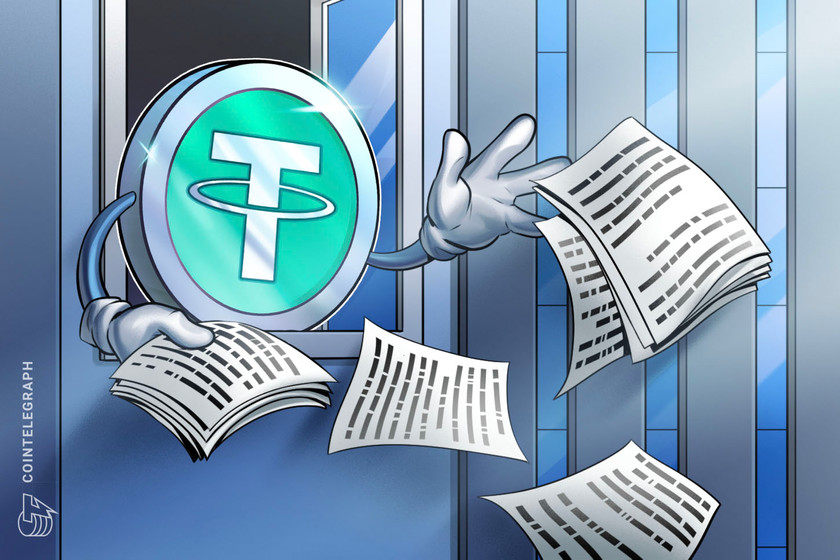Bitcoin bulls’ desire for a trend reversal could be obliterated by this week’s $565M options expiry


Significant headwinds continue to batter BTC, and this week’s options expiry is unlikely to provide any relief.
Bitcoin (BTC) fell below a four-day narrow trading range near $22,400 on March 7 following comments by United States Federal Reserve Chair Jerome Powell before the Senate Banking Committee. During the congressional appearance, the Fed chairman warned that he bank is prepared to tame inflation by pushing for more significant interest rate increases.
Powell added that “the ultimate level of interest rates is likely to be higher than previously anticipated” and that recent economic data was “stronger than expected.” These remarks significantly increased investors’ expectations of a 50 basis point interest rate hike on March 22, putting pressure on risk assets such as stocks, commodities and Bitcoin.
That movement could explain why the $565 million Bitcoin weekly options expiry on March 10 will almost certainly favor bears. Nonetheless, additional negative crypto market events might have also played a significant role.
Bitcoin from the Silk Road and Mt. Gox are on the move
The movement of multiple wallets linked to U.S. law enforcement seizures on March 8 added to the price pressure on Bitcoin investors. Over 50,000 Bitcoin worth $1.1 billion were transferred, according to data shared by on-chain analytics firm PeckShield.
Furthermore, 9,860 BTC were sent to Coinbase, raising concerns about the coins being sold on the open market. These wallets are directly linked to the former Silk Road darknet marketplace and were seized by law enforcement in November 2021.
Mt. Gox creditors have until March 10 to register and choose a method of compensation repayment. The movement is part of the 2018 rehabilitation plan, and creditors must choose between “early lump sum payment” and “final payment.”
It is unclear when creditors can expect to be paid in cryptocurrency or fiat currency, but estimates indicate that the final settlement could take several years.
As a result, Bitcoin’s price drop to $22,000 on March 8 effectively confirmed bears’ advantage on the March 10 options expiry.
Bulls placed far more bets, but most will be worthless
The March 10 options expiry has $565 million in open interest, but the actual figure will be lower because bulls have concentrated their bets on Bitcoin trading above $23,000.


The 1.63 call-to-put ratio reflects the disparity in open interest between the $350 million call (buy) options and the $215 million put (sell) options. However, the expected outcome is likely to be much lower, as bulls were caught off guard when Bitcoin fell below $23,000 on March 3.
For example, if the price of Bitcoin remains near $22,100 at 8:00 am UTC on March 10, only $6 million in call (buy) options will be available. This difference occurs because the right to purchase Bitcoin at $22,500 or $24,000 is rendered null if BTC trades below that level on expiry.
Related: Bitcoin clings to $22K as US dollar strength rises to December levels — What’s next?
The most likely outcomes favor bears by a wide margin
Below are the four most likely scenarios based on the current price action. The number of options contracts available on March 10 for call (bull) and put (bear) instruments varies depending on the expiry price. The imbalance favoring each side constitutes the theoretical profit:
- Between $20,000 and $21,000: 0 calls vs. 7,200 puts. The net result favors the put (bear) instruments by $150 million.
- Between $21,000 and $22,000: 100 calls vs. 5,000 puts. The net result favors the put (bear) instruments by $105 million.
- Between $22,000 and $23,000: 1,400 calls vs. 1,900 puts. Bears have a modest advantage, profiting some $55 million.
- Between $23,000 and $24,000: 4,600 calls vs. 600 puts. The net result favors the call (bull) instruments by $95 million.
This rough estimate takes into account only call options in bullish bets and put options in neutral-to-bearish trades. Nonetheless, this oversimplification excludes more complex investment strategies.
A trader, for example, could have sold a call option, effectively gaining negative exposure to Bitcoin above a certain price, but there is no easy way to estimate this effect.
To turn the tables and secure a potential $95 million profit, Bitcoin bulls must push the price above $23,000 on March 10. However, given the negative macroeconomic pressure and the FUD emanating from Mt. Gox and Silk Road, the odds favor bears in this week’s options expiry.
This article does not contain investment advice or recommendations. Every investment and trading move involves risk, and readers should conduct their own research when making a decision.
The views, thoughts and opinions expressed here are the authors’ alone and do not necessarily reflect or represent the views and opinions of Cointelegraph.













